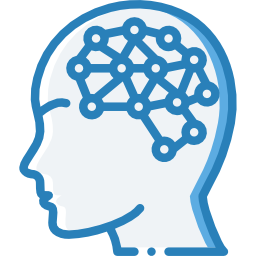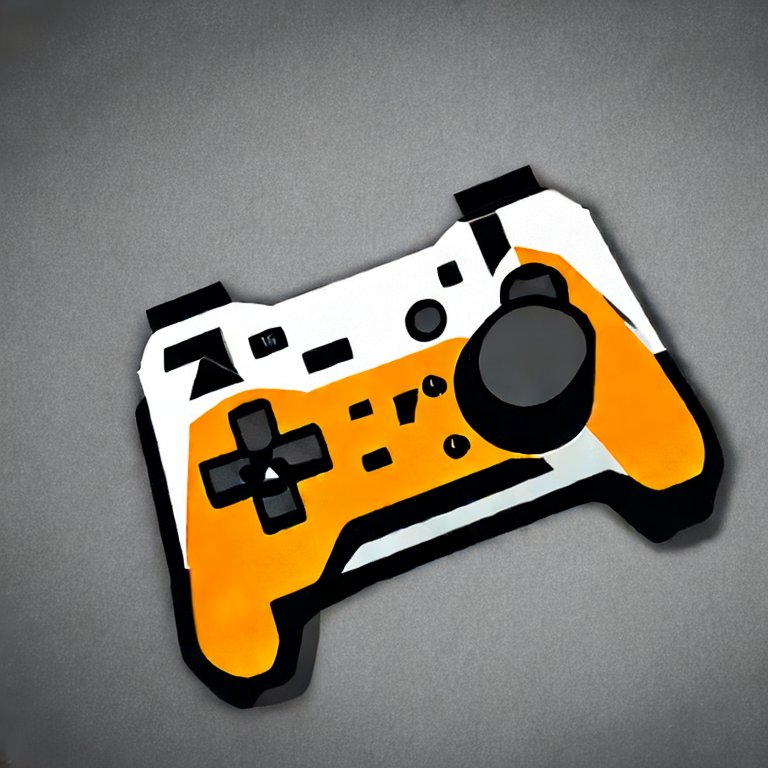You’re right. I read past the “I want to learn ML” and went straight to “do something useful with the data”.
If the goal is to understand how modern LLMs work, it’s also good to read up on RNNs and LSTMs. For this, 3Blue1Brown does an amazing job, and even posted an in-depth video about transformers. I’d watch that next, followed by implementing a simple transformer in PyTorch (perhaps using the existing blocks).
You could argue that it’s important to design everything from scratch first, but it’s easier to first go high level, see how the network behaves, and then attempt to implement it yourself based on the paper. It is up to OP how comfortable he is with the topic though 😁

















Organic Maps. Make sure you download the areas beforehand. The resolution for walking paths is much nicer, and you can clearly see the routes of temples and other points of interest.
It also shows data about drinking faucets, toilets, and other things provided by users.